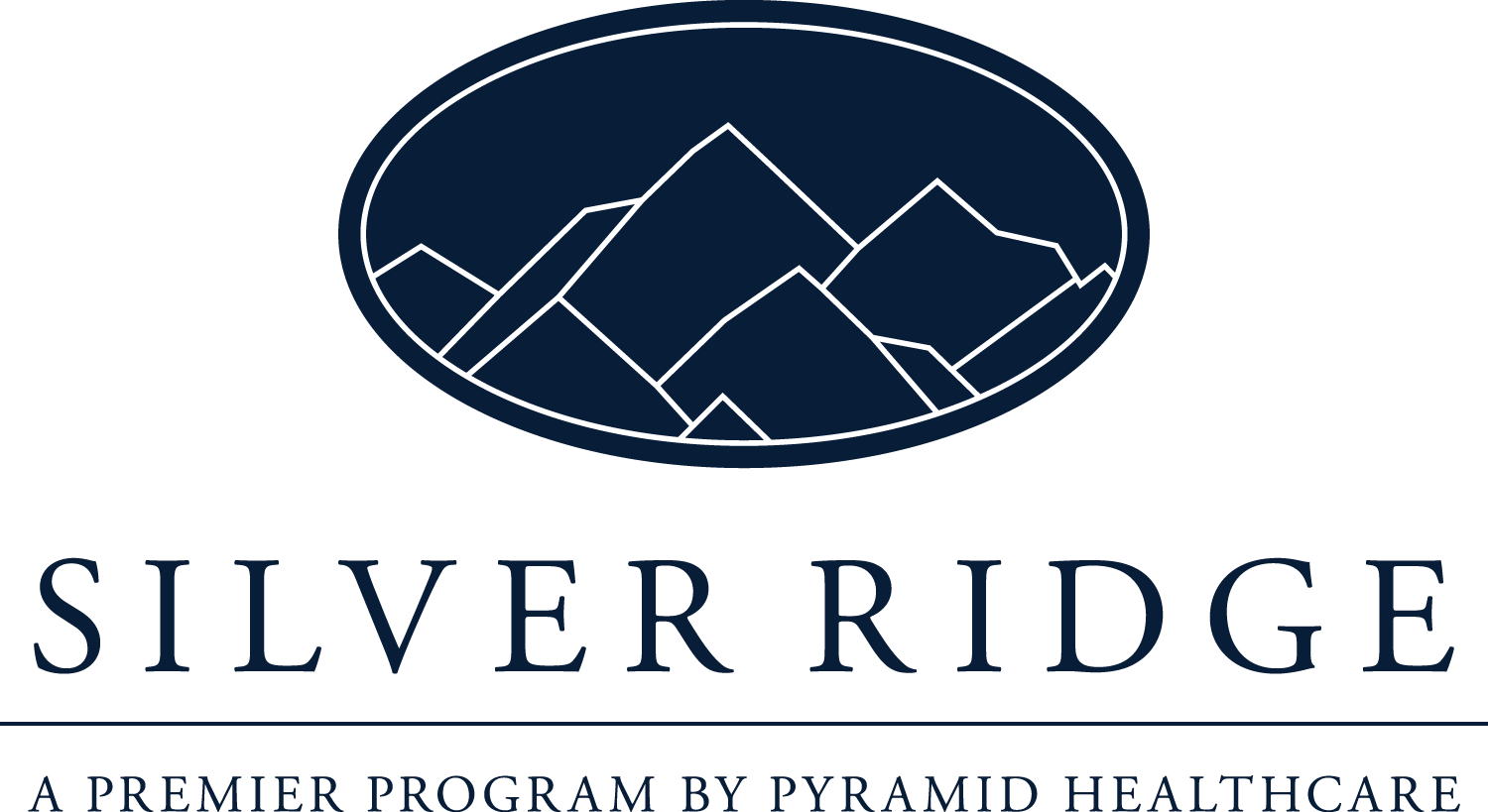The 12-Step Model: What is It, and Does it Work?

Addiction is a chronic, relapsing disease and managing it once it’s in remission requires practice and vigilance. A program based on the 12-Step model can help with focus and mindfulness in recovery. 12-Step programs, and those inspired by it, also provides a high level of support and friendship that go a long way toward preventing relapse.
But how effective is the 12-Step model? Does it really work? And do you have to believe in God to participate?
A Brief History of the 12-Step Program
In 1935, Bill W. and Dr. Bob S. met through the Oxford Group, a sober fellowship that promoted spirituality in everyday life. Bill was in recovery from severe alcohol addiction, and he devoted his life to helping others overcome their own addiction. Through his relationship with Bill, Bob achieved sobriety, and the two men formed the first Alcoholics Anonymous fellowship with a third man whom they had helped achieve sobriety. In just four years, 100 men had become sober through regular AA meetings in three cities, and in 1939, Bill wrote Alcoholics Anonymous, which is known in AA as “The Big Book.” Alcoholics Anonymous outlined the program’s philosophy and described its methods.
After a series of positive articles about AA was published in the Cleveland Plain Dealer, Cleveland’s fellowship increased its membership from 20 to 500 in just a few months. By 1941, AA boasted 6,000 members across the United States and Canada. By 1950, it was 100,000 members strong. Today, the Big Book is available in 28 languages and it’s estimated that more than two million people belong to one of AA’s 117,000 fellowships worldwide.
12 Steps to Transformation
The 12-Step model is based largely on spiritual principles and provides a clear blueprint for a sober path forward. The most common 12-step Program is AA or NA, but there are other programs inspired by the 12-step program like SMART Recovery and even others that rely less on the spirituality aspect. The idea of the 12-step program is that the process of moving through the steps ultimately leads to greater spirituality, a stronger sense of purpose and meaning in life and authentic happiness in sobriety. To understand how the 12-Step program works, you need to know what the 12 Steps are.
Step One: Admit You Are Powerless
“We admitted we were powerless over alcohol [or drugs], that our lives had become unmanageable.”
Addiction is characterized by compulsive drug or alcohol abuse despite the negative consequences it causes in your life. This compulsion is driven by changes in the structures and functions of the brain. According to the National Institute on Drug Abuse, once an addiction develops, it almost always requires professional help to overcome. Willpower and good intentions are rarely enough.
The realization that help is needed is what drives most people to a 12-Step group. The first Step is to admit that you’re powerless over your addiction. This, according to The Big Book, is what leads an individual to “become as open-minded to conviction and as willing to listen as the dying can be.”
Step Two: Identify a Higher Power
“We came to believe that a Power greater than ourselves could restore us to sanity.”
The second step is to harnesses your hope in a better future and your faith in something larger than yourself. According to the Substance Abuse and Mental Health Services Administration (SAMHSA,), hope is the foundation of recovery. Hope, SAMHSA says, is the belief that you can overcome the challenges of sobriety by exercising your strengths, talents and coping skills and living according to your inherent values.
According to The Big Book, hope is supported by a power greater than oneself. This power may be God, or it may be the Universe. It may be Love, or it may be a deeper consciousness inside of yourself. The point is to have faith that something can help fill you with the strength and motivation to you need to work through the challenges of recovery.
Step Three: Turn Your Will and Life Over to Your Higher Power
“We made a decision to turn our will and our lives over the care of God as we understood him.”
Your higher power is more accepting of you than you are and turning your will and your life over to your higher power enables you to let go of negative feelings about yourself and release the guilt, anger, frustration, and other unhealthy emotions that make so much mental noise in your day-to-day life. Step Three of the 12-Step model puts you in closer touch with your spirituality and helps you open your mind to new ways of thinking about yourself. It prepares you for the humbling life lessons you’re about to experience in the following steps.
Step Four: Take a Moral Inventory
“We made a searching and fearless moral inventory of ourselves.”
Step Four is where you confront yourself, come out of denial and stop justifying and rationalizing destructive thoughts and behaviors. Taking a moral inventory involves making a written list of all the wrongs you perpetrated while under the influence of your addiction. You undertake this inventory fearlessly because, in step three, you turned everything over to your higher power, which is forgiving and compassionate. As you make your list, you withhold self-judgment and simply accept your wrongs as part of your past. You root yourself in the present moment, where you have the power to make the right choices moving forward.
Step Five: Admit Your Wrongdoings
“We admitted to God, to ourselves, and to another human being the exact nature of our wrongdoings.”
Admitting to God and yourself the dirty deeds you’ve done is hard enough but admitting them to another person can be even more daunting. But doing so knocks down the walls you’ve built to hide your shame and self-hatred. These walls isolate you from other people and make it hard to address the addiction’s underlying issues and move forward in recovery.
Step Six: Be Prepared to Turn Your Character Defects Over to Your Higher Power
“We were entirely ready to have God remove all these defects of character.”
When you’re ready and willing to let go of the things in your life that prevent you from moving forward spiritually and in recovery, you’re ready to make the daily effort to change your thought and behavior patterns and really grow into your sobriety. Letting go of the guilt, shame, resentments and blame surrounding your addiction and other things in your past puts you in a state of mind that facilitates accurately evaluating your thought and behavior patterns, so you can adjust as needed.
Step Seven: Ask Your Higher Power to Remove Your Shortcomings
“We humbly asked Him to remove our shortcomings.”
Shortcomings are part of the human condition, and no spiritual being is going to remove them from us. Step Seven is all about humility -it’s about the asking. Making a humble appeal to your higher power allows you to embrace hope and make a commitment to doing what it takes to remove stumbling blocks that might get in the way of your spiritual growth.
Step Eight: Make a List of People You’ve Hurt
“We made a list of all persons we had harmed and became willing to make amends to them all.”
Step Eight marks the beginning of repairing the damage you did while you were addicted. The first step of this process is to make a written list of everyone you harmed while you were addicted, including notes about how you might make amends. List in hand, you then work toward becoming willing to make those amends.
Step Eight starts the process of developing honesty with others and forgiving those who have hurt you. It’s about forgiving and being forgiven, and it leads to a greater awareness of your changing attitudes about yourself and your relationships.
Step Nine: Make Amends
“Make direct amends to such people whenever possible, except when to do so would injure them or others.”
Step Nine involves going down your list and doing everything in your power -when it’s appropriate- to repair the damage you’ve done or make up for it as best you can. This step helps remove the traces of guilt, shame, and regret that might lead you to make excuses or blame others. As a result, you move forward with a clear conscience, improved self-esteem and a greater awareness of how your actions affect others.
Step Ten: Maintain Your Recovery
“We continued to take personal inventory and when we were wrong promptly admitted it.”
Moving forward from Step Nine, you’re in a growth phase. During Step Ten, which is a lifelong endeavor, you stay ever vigilant so that old patterns of thought and behavior don’t creep back in. You continue to work on self-awareness and control over your emotions and states of mind. You check in with yourself regularly throughout the day to ensure you’re making the choices that adhere to your values.
Step Eleven: Improve Your Relationship with Your Higher Power
“We sought through prayer and meditation to improve our conscious contact with God as we understood Him, praying only for knowledge of His will for us and the power to carry that out.”
Prayer and meditation as integral parts of your daily life promote ongoing recovery by keeping you connected to your higher spiritual self and your higher power. Prayer is communication with your higher power, whether you pray out loud to a preconceived entity or you send heartfelt, silent communications into the ether. Meditation involves focusing on your breath in the present moment and allowing thoughts to pass through without judging them. Both prayer and meditation bring you closer to your spiritual self, which fosters positive changes in thought and behavior.
Step Twelve: Help Others
“Having had a spiritual awakening as the result of these steps, we tried to carry this message to alcoholics, and to practice these principles in all our affairs.”
The final step is about inspiring hope for recovery in others still struggling with addiction. By the time you reach Step 12, you’ve become emotionally stable and live a mindful life. You engage in healthy behaviors that lead to positive emotions and vice versa, and you continue to seek wisdom. This is the stage where you’re ready to be a sponsor to someone just starting their recovery journey. You’re in a unique position to see in others the unhealthy behaviors and thought patterns brought on by addiction, and you understand the struggle. You become a beacon of hope to someone else, and that, in itself, is a powerful motivator to continue to move forward in recovery.
What the Research Says About the 12-Step Model
Because of the anonymous nature of 12-Step groups, few statistics are available to scientifically document the effectiveness of these groups. Historian Charles Bishop Jr. discourages categorizing AA and other 12-Step groups as addiction therapy, though, because Bishop considered it to be more a spiritual fellowship than a treatment strategy. As such, 12-Step groups work best when they’re part of a comprehensive treatment program.
The 12-Step model is widely used in treatment programs across the nation, based on the positive outcomes in the research that does exist. Although some studies have found the evidence for the 12-Step model inconclusive, others have found this model to be beneficial. A study cited in the journal Alcoholism Treatment Quarterly found that the abstinence rates in people who attend 12-Step meetings are twice as high as the abstinence rates in those who don’t.
Another study, published in the Journal of Substance Abuse Treatment, found that people who attended 12-step meetings before entering treatment stayed in treatment longer and were more likely to complete the treatment program. Additionally, people who engaged in both treatment and a 12-Step program were more likely to remain abstinent than those who only engaged in one or the other.
The Bottom Line on the 12-Step Model
The 12-Step model can be an important boon to recovery. In the beginning, 12-Step meetings provide a foundation of support that helps you navigate the challenges of early recovery. A personal sponsor becomes a central supporter and the first contact when you need help. Since 12-Step meetings occur every day in nearly every city and town in the country, you’ll never be without support.
As you progress through the 12-Step model, you work to develop the mindset, emotions, thoughts, and behaviors that promote greater spirituality and long-term success in recovery. Along the way, you can make lifelong friends and share in the successes of others in recovery, always with an eye on your own ongoing sobriety.
Resources:









